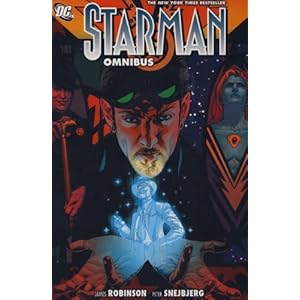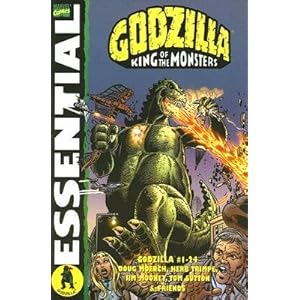
So I've looked at an awful lot of webcomics, and a lot of awful webcomics, and the one that I consistently enjoy the most and look forward to new installments has, for years, been Questionable Content by Jeph Jacques, and that's despite a pretty tame initial premise and the genuinely awful art of the first hundred or so installments. It's a simple relationship comedy with a constantly-growing cast, nearly now of Doonesbury proportions, but it's set in a world where the technology is a little more advanced, and the technology is also a good deal saucier, than ours.
In fact, it's downright easy to dislike the first several months of the strip, because Jacques really did set his sights awfully low at first. The main protagonist is a skinny indie rock fan who's got a crush on the sassy new girl in town, but he's incredibly shy and passive and just hopes that his innate sweetness will carry him through and find him love. Neither Marten nor Faye have much character at first, but the learning curve on this strip is, frankly, amazing. Jacques' art improves massively over a very short time, and the characters become believably real and fleshed out in a way that virtually none of his peers have managed. I happily remember breezing through the first 500 strips across a week at my last job, and have been following it daily ever since. It's always been a little risque, and sometimes downright filthy, in its dialogue, but never in its visuals. It's work safe, but I'm still going to hope my son doesn't find it until he's in college.
Jacques has been merchandising his strip for a good while. With a remarkable ear for catchphrases, he's been selling slogan-emblazoned T-shirts and prints for some time, but has resisted a print collection. Perhaps having the entire series available for free online - more than 1800 strips and growing - there might have been some question as to whether anybody would want to have this for their bookshelves. I ordered mine shortly after it was announced. Cash might be very tight these days, but QC is, flatly, better than every single strip presently in newspapers other than Doonesbury, and I'm glad to have it on my shelves.
This oversized (too wide for my flatbed scanner!) 160-page collection is perhaps a little less comprehensive than I would have preferred, but it's still a reasonable chunk of very funny and very engaging comics. It's got the first 299 installments, minus the occasional out-of-continuity "guest strips" that appear in webcomics whenever the cartoonists take a week off. There's a running commentary from Jacques throughout, and several strips have, jarringly, been redrawn since the original files were lost. The difference between Jacques' contemporary artwork, confident and very attractive, and the blocky material from 2003, is like night and day.
While the artist's style has evolved, and the sense of heart and reality about his characters has grown, it is impressive just how much of modern QC was present in the earliest strips. When I compare this to IDW's recent first volume of Bloom County, it's especially amazing. The first year of that strip saw Berke Breathed throwing anything and everything on the page, with massive turnover in his cast and ideas, looking for anything that would stick. It isn't right to claim that QC arrived fully-formed, because Jacques still had some growing up in public to do, but the material in this book is, very definitely, the same strip that I love, just clunkier. By the time that Faye loosens up enough to drop her speaking affectations and use contractions, it will have won your heart. About the first third of the book is weak, but interesting, and the rest is really good. Certainly recommended for older readers.












